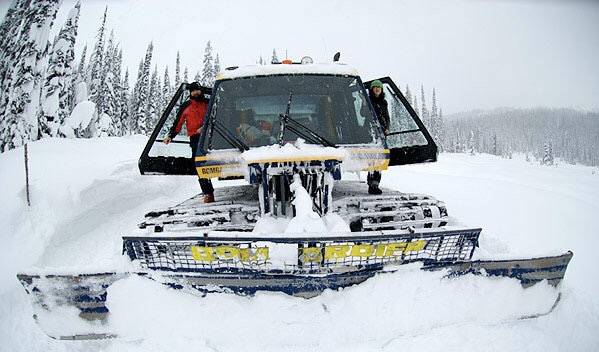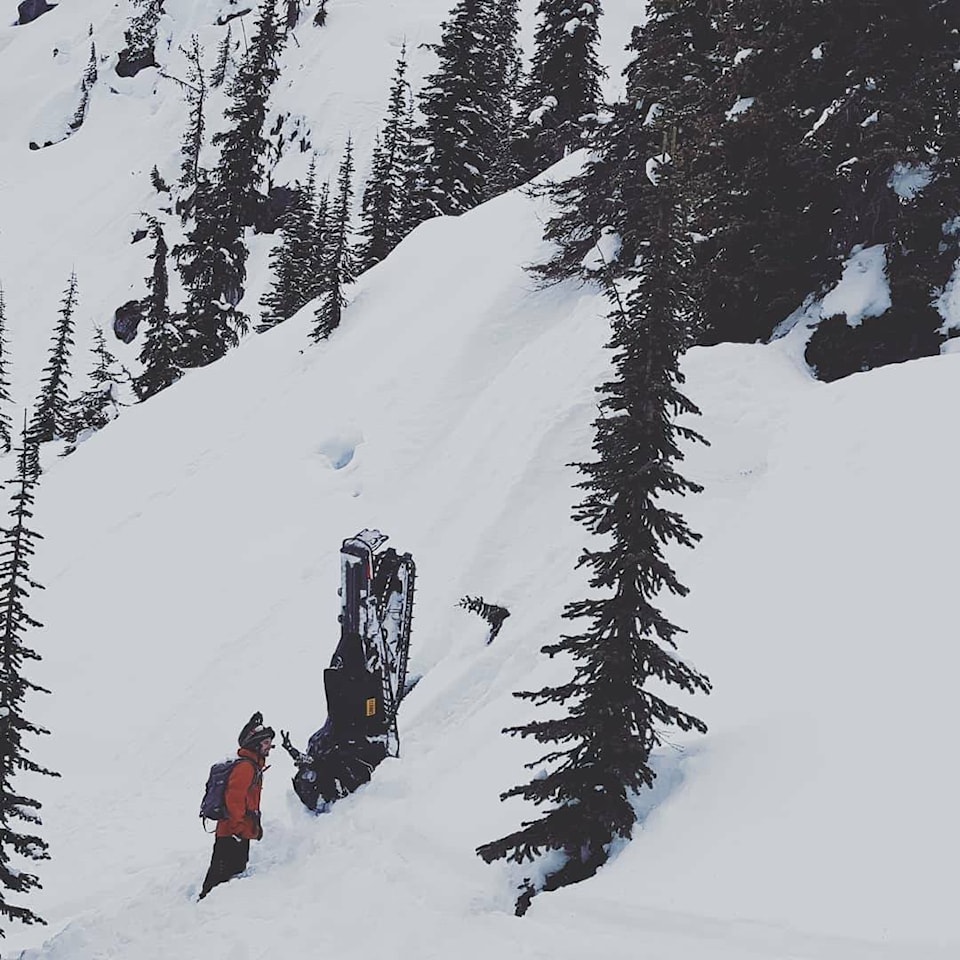B.C. experiences more than 1,600 search and rescue (SAR) incidents annually, with 80 SAR groups consisting of 2,500 volunteers responding to them.
Because of this, the B.C. Search and Rescue Association (BCSARA) is now especially active in educating people on safety in outdoor activities. The group believes in preventative measures to minimize the amount and severity of incidents. This education comes in the form of the BC AdventureSmart program.
Travelling around the province through winter 2017-18 and between May and August of 2018, BC AdventrueSmart teams reached 20,884 people face to face.
Working with the Three Ts, “Trip Plan. Train. Take Essentials,” BC AdventureSmart believes that by following these three easy steps, outdoor enthusiasts will greatly increase their chances of survival if they become lost or are in distress.
Trip Planning: Know the terrain and conditions, plan your route thoroughly, and check the weather. Always fill out a trip plan.
Training: Obtain the knowledge and skills you need before heading out. Know and stay within your limits.
Taking the Essentials: Bring food, water, clothing and fire-making supplies. Be prepared to spend the night. Make sure you add essentials that are specific to your chosen activity, do the reasearch to find out what you need.
Some things to add to these tips include sharing your trip plan with someone, making sure you let them know your intended departure and return times. If you are spending time regularly in the backcountry, it is worth investing in a GPS mapping device.
“The BCSARA will conduct search and rescue missions when requested to do so by the authorized tasking agencies for persons in danger or distress in the province of B.C. without charge,” according to a statement from the group. “We will do so regardless of the reason they have found themselves requiring our assistance.”
It is so important if you are travelling in areas that have even the slightest potential for avalanche that you and your group are all equipped with the proper equipment. The basics of this are a probe, shovel and transceiver. Snowmobilers and heli or cat skiers have more opportunity to find themselves in unknown territory as the mode of transportation takes them deep into the backcountry. Though accidents still happen and Mother Nature can be fickle, it is important to educate, educate, educate and then prepare, prepare, prepare.
Many outlets provide avalanche training. Selkirk College in Nakusp offers the Avalanche Skills Training AST 1 course from Feb. 1 to Feb 3.

